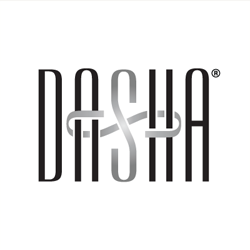DASHA® “independent client providers” regularly see the effects of back pain and sciatica on the people who walk into DASHA®. The pain is evident on their patients’ faces, in their careful movements, in the frustration they express about the chronic pain that restricts their daily activities.
What is the Back Pain Known as Sciatica?
The kind of back pain referred to as sciatica is a condition in which the nerves of the lower spine (sciatic nerves) become inflamed. A patient experiencing sciatica usually feels a tingling or burning feeling—or sometimes even sharp shooting pains—that run straight down the backs of their legs. Usually, sciatic pain is limited to one side of the body—but occasionally the pain can affect both legs.
What Does Sciatica Back Pain Do to the Patient?
If you have sciatica, you know that even simple movements can cause excruciating pain.
But is the pain an indication of structural damage? In most cases, the pain is a sign of pinched nerves which have become tender and inflamed. In other words, sciatica back pain is rarely evidence of any sort of permanent injury. The good news is that the nerves can be relieved, the inflammation can be healed, and the problem can be prevented with the right therapy and exercise.
If Healing from Sciatica Back Pain is Possible, Why Can’t I Just Heal on My Own?
DASHA® “independent client providers” hear this question repeatedly during initial consultations. The answer is a little complicated, but here are the main reasons why patients need therapy or exercise for their sciatica back pain:
1. Because of the mechanics of the back, muscles surrounding the spine hold everything in alignment. These muscles function a little differently from other muscles in the body in that they return more slowly to their normal functionality after strain or injury.
2. Without the proper kind of exercise, the supportive musculature may take a very long time to return to normal function after trauma
3. When the supporting muscles are exercised properly, they are strengthened and restored to proper function. Well-functioning back muscles are able to respond to brain signals to brace or tense just before a strain or impact hits. Thus, the back is protected from the normal little strains and traumas of life—and the sciatica patient can avoid continual re-injury.
Will any back-strengthening exercises work to restore the supportive muscles to normal working order? As the patients odiscover, the right exercises for the right duration are critical in treating sciatica—and can lead to pain-free, transformed lives.

